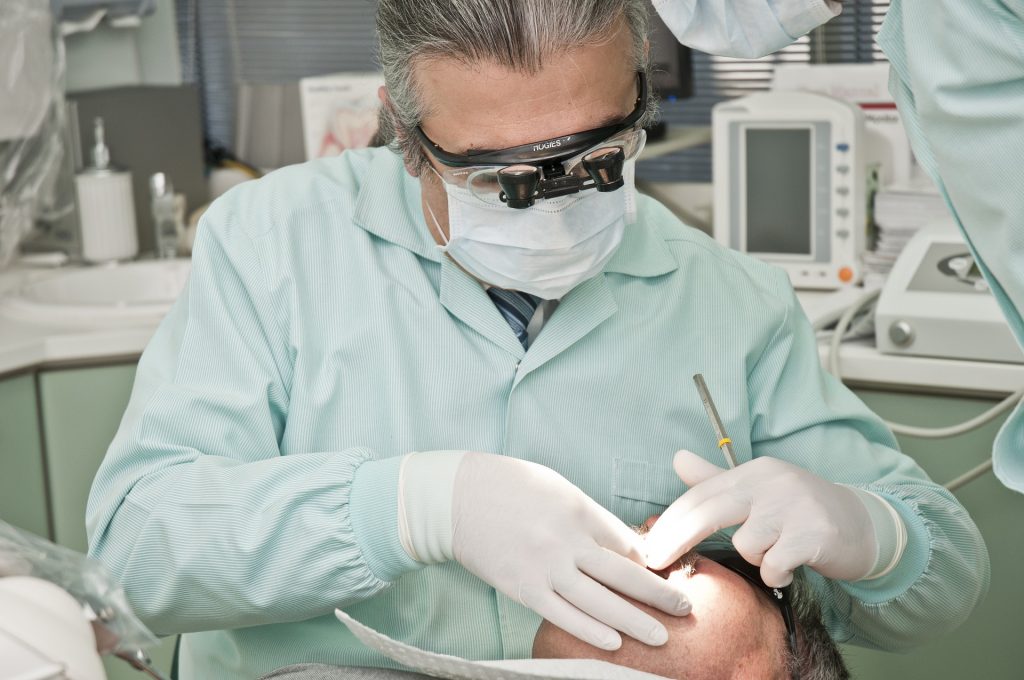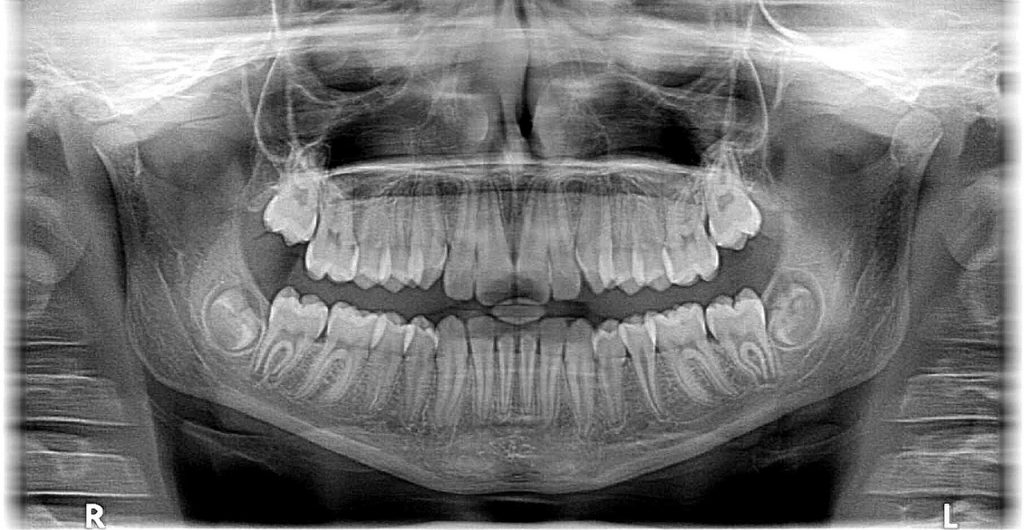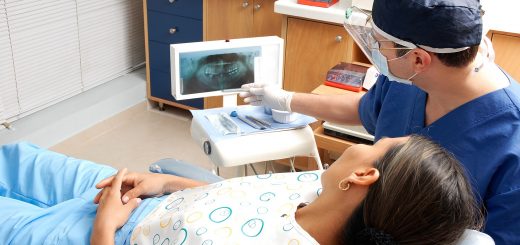Tooth Extraction: Associated Risks and Types of Procedures

Why Are Teeth Removed?
Even though wisdom tooth extraction is a common procedure for both teens and adults, there are other situations where tooth extraction is necessary. From excessive tooth decay to tooth infection and crowding, there are several problems that require a tooth extraction.
Another common reason for tooth extraction is to provide more room in your mouth for your teeth. The extraction is typically followed by the placing of braces. As the other teeth shift in place, they take up the freed-up space where the extracted teeth used to be. Sometimes, teeth extraction is also required for patients who are undergoing chemotherapy or who are about to have an organ transplant. Compromised teeth put their health at risk and have to deal with before undergoing any more treatment.
While teeth extraction is generally a quick outpatient procedure performed by a dentist or oral surgeon, there are some cases that are more complex and require more in-depth procedures.
Risks of a Tooth Extraction
While there a few risks associated with tooth extraction, your dentist would never recommend it if they believe the risks outweigh the benefits. While we’ll mention the risks below, you should still talk to your dentist. If you feel uncomfortable or unsure about a few things, ask them questions and let them explain how the procedure will go and how they’ll attempt to reduce those risks. Finally, dentists spend several years studying – you can trust them to take all that into consideration before even recommending such procedures.
- Bleeding that lasts longer than 12 hours and no blood clot is forming. As with any wound, a blood clot forms over the injury to stop more bleeding. If a blood clot does not form in the hole where the tooth used to be, of it moves, it exposes the bone inside that socket. This is called a ‘dry socket’. While dry sockets rarely result in infection or serious complications, delayed healing increases the risks of infections.
- Chest pain and shortness of breath
- Infection. You know you’ve developed an infection if you are feverish and get chills.
- Nausea or vomiting
- Swelling and redness at the surgical site
If you experience any of these symptoms, contact your dentist immediately and schedule an emergency appointment.
Preparing for a Tooth Extraction

Tooth extraction is never done on the same day of the first consultation. Tooth extraction is a multi-step procedure:
- Before you even go to the dentist’s office, you will generally be asked to get an X-ray of your tooth done.
- Bring your X-ray to the first visit and talk to your dentist about any medications you take, as well as certain conditions you suffer from.
- The medication you may want to mention include:
- Vitamins
- Supplements
- Over-the-counter drugs
- Conditions you need to mention:
- Diabetes
- Hypertension
- Impaired immune system
- Congenital heart defect
- Damaged heart valves
- Liver disease
- Thyroid disease
- Renal disease
- Artificial joint
- Adrenal disease
It’s important to discuss these conditions because the tooth extraction cannot be performed until some of these are stable or treated.
- Let your dentist know if you were sick on the previous day, so he prepares the right anesthesia or reschedule.
- Prepare yourself mentally for receiving intravenous anesthesia
- On the day of the procedure, wear loose-fitted clothing, don’t smoke, and don’t eat or drink for six to eight hours before your appointment.
Have someone accompany you if you’re receiving general anesthesia.
The Two Types of Tooth Extraction Procedure
The procedure will depend on your tooth, it’s accessibility and to what extent it’s been damaged. The dentist will choose either a simple extraction or a surgical one:
1. The Simple Extraction
It goes without saying that this is the fastest one. A simple extraction is used when the tooth is not broken. The dentist will numb the area around the tooth to be extracted so you feel no pain during the procedure. Using an instrument called ‘elevator’, the dentist will then carefully loosen the teeth before removing it. The local anesthetic used will cause you to feel pressure around the area during the procedure, but will otherwise make the extraction painless.
2. The Surgical Extraction
the anesthesia administrated to you will depend on the complexity of the procedure and your medical condition. While in some cases patients are given both local anesthesia and intravenous anesthesia, in other cases general anesthesia may be given instead. While intravenous anesthesia only makes you calm and relaxed, general anesthesia will cause you to lose consciousness. You will remain unconscious during the procedure. Once you’ve received the appropriate amount of anesthesia, the general dentist or oral surgeon will cut into your gum with a small incision. Sometimes, they will have to cut your tooth to be able to remove it. If they think this won’t work, they will resort to removing the bone around your tooth to eb able to extract it.



